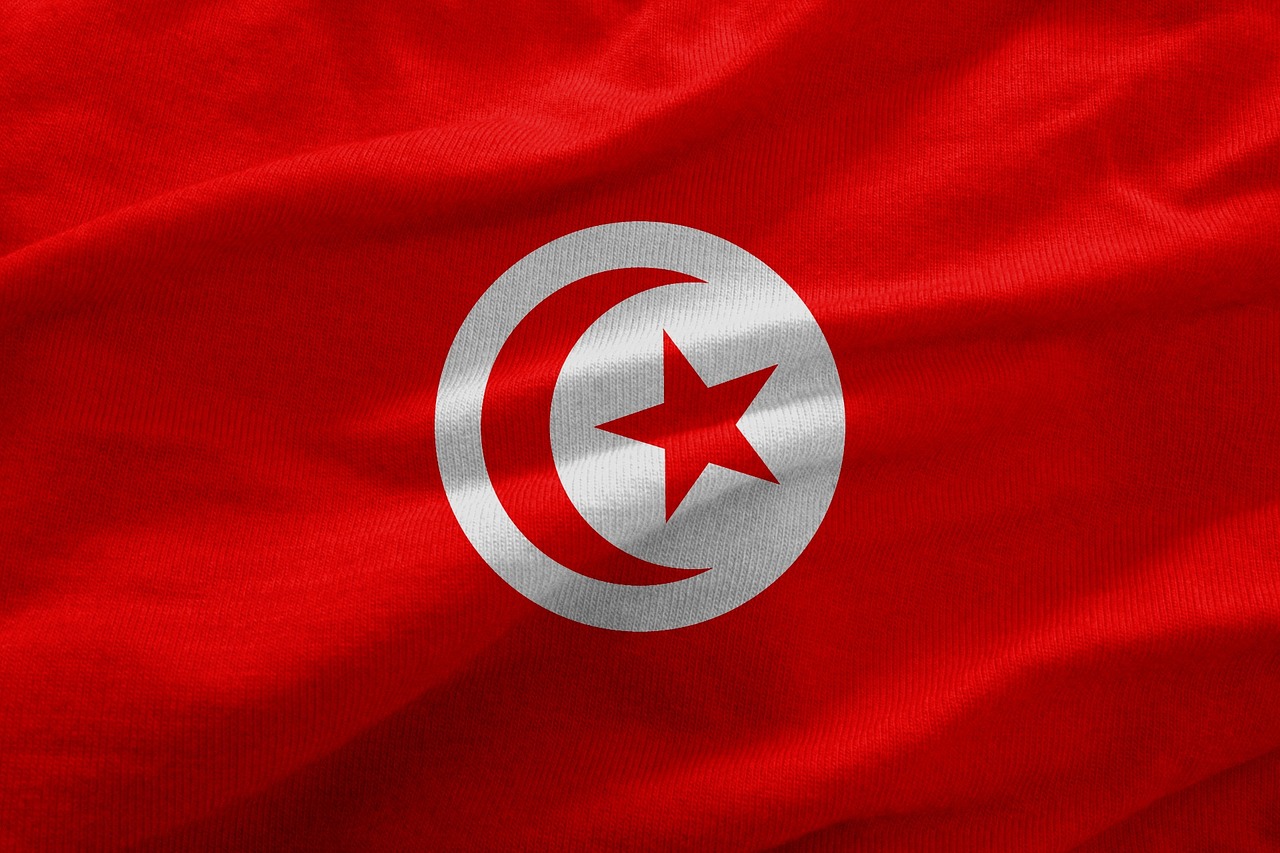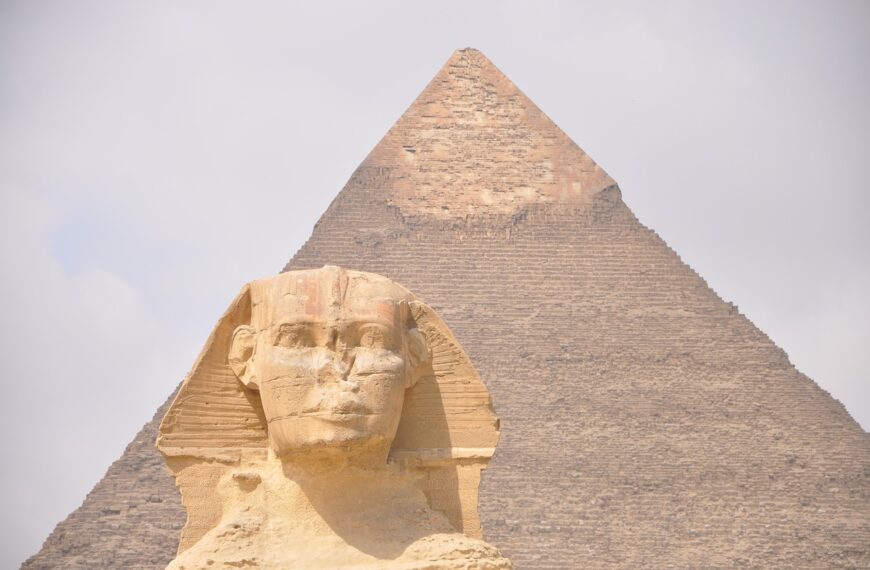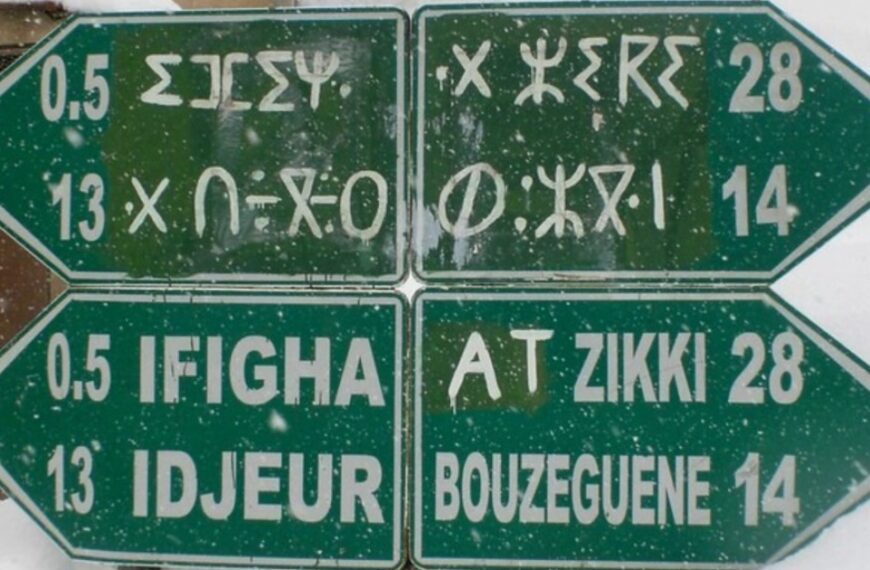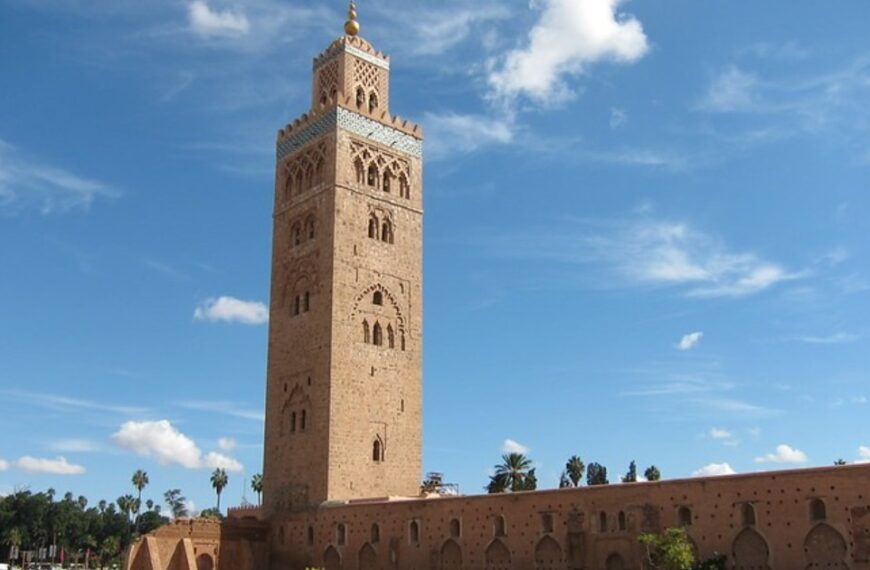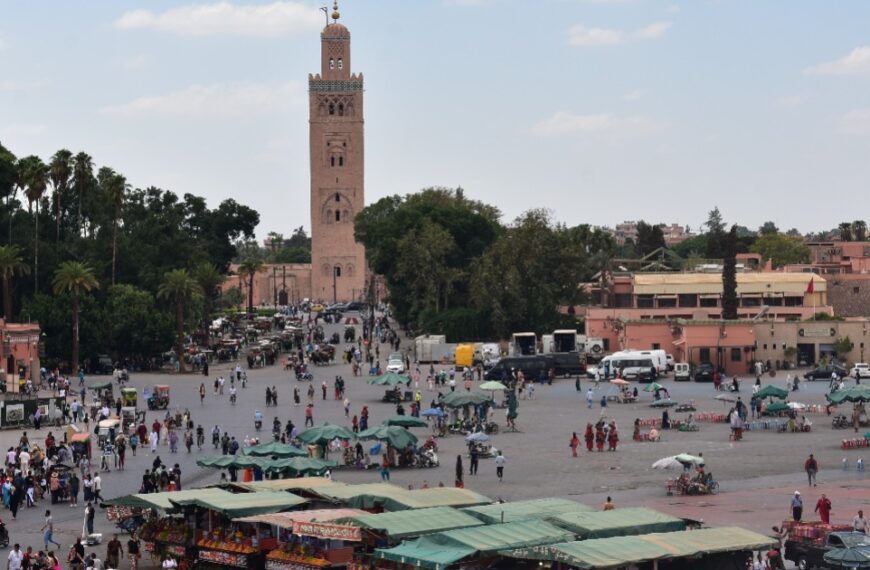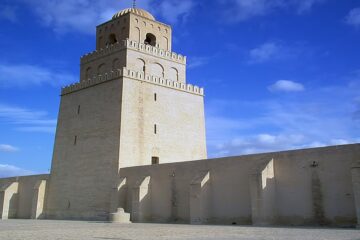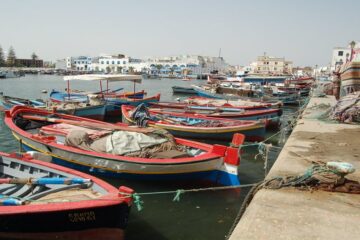Several Muslim countries on the southern side of the Mediterranean Sea fly a flag that is mostly red and is based on the flag of the Ottoman Empire. The flag of Tunisia is a proper example.
History of the Tunisian flag
In the case of Tunisia, it is following the destruction of the Tunisian naval division during the battle of Navarin, on October 20, 1827, that the Husseinite sovereign Hussein II Bey decides on the creation of a flag to be used by the Tunisian fleet, to distinguish it from the other fleets, and adds to it a white circle. In addition to the crescent and the star, symbols already present in the Tunisian jewels, art and architecture. This is the circumstance of the birth of the flag which, created in 1831 or in 1835, according to the sources, is only officialized by Ahmed I Bey in 1837.
Elements of Tunisia flag
The red background represents the blood of the martyrs who fell during the Turkish conquest in 1574. Another interpretation given is that “the red of the beylical flag spreads light over the whole Muslim world”. The white symbolizes peace while the crescent represents the unity of all Muslims and the branches of the star the five pillars of Islam.
According to Ludvík Mucha (from Webster’s Concise Encyclopedia of Flags & Coats of Arms), the white circle in the center of the flag represents the sun. The red crescent and the five-pointed star, two ancient symbols of Islam, were inspired by the Ottoman flag and appear on many flags of Islamic countries. The crescent moon is, from an Arab observer’s point of view, supposed to bring good luck. As for the color red, it has become a symbol of resistance against Turkish supremacy.

